Plants that cutworms attack
anney
16 years ago
Related Stories

CLOSETSGet It Done: Attack the Coat Closet
With a concrete plan and a little elbow grease, you can tame your jumble of jackets in a single afternoon
Full Story
GROUND COVERSNative Alternatives to English Ivy, Japanese Pachysandra and Periwinkle
These shade-loving ground covers are good for the environment and say something about where you are
Full Story
GARDENING GUIDESGreat Design Plant: Cephalanthus Occidentalis
Buttonbush is an adaptable woody shrub with delightful pincushion flowers
Full Story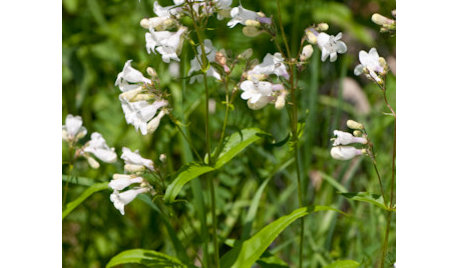
GARDENING GUIDESGreat Design Plant: Try Penstemon Digitalis for Showy White Blooms
Bees gather nectar from this North American native while you’ll appreciate its unthirsty nature and soil tolerance
Full Story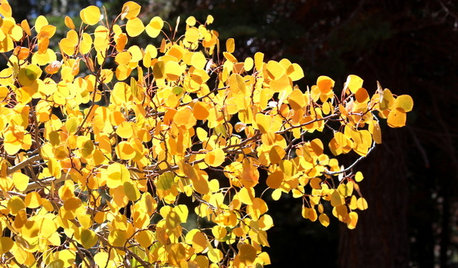
LANDSCAPE DESIGNGreat Design Plant: Quaking Aspen for 3-Season Beauty — on Its Own Turf
It offers bright fall foliage, snowy winter bark and lush green leaves in summer. Just don't try to plant quaking aspen away from its home
Full Story
GARDENING GUIDESGreat Garden Combo: 3 Wonderful Plants for a Deer-Resistant Screen
Protect your privacy and keep deer at bay with a planting trio that turns a problem garden area into a highlight
Full Story
CALIFORNIA NATIVE PLANTSGreat Design Plant: Asclepias Is Attractive to Monarch Butterflies
Increase monarch butterfly populations in California by planting stunning native milkweeds
Full Story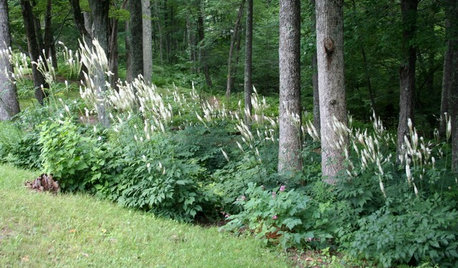
GARDENING GUIDESGreat Design Plant: Actaea Racemosa
Elegant flowers top black cohosh in summer woodland gardens
Full Story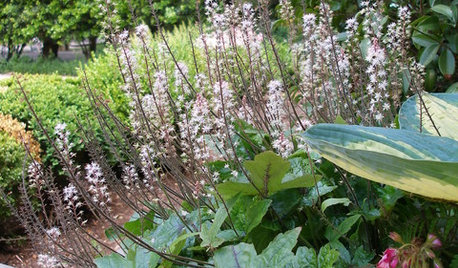
GARDENING GUIDESGreat Design Plant: Foamflower Cushions Shady Garden Areas
Try evergreen ground cover Tiarella cordifolia for a soft look all year — one the rabbits and deer won’t mess with
Full Story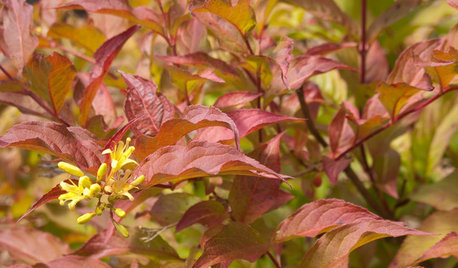
GARDENING GUIDESGreat Design Plant: Northern Bush Honeysuckle, a Bronze Beauty
It helps control erosion and takes sun or shade. The butterflies love it. But the best part of this shrub may be the vivid foliage
Full Story






momamamo
booberry85
Related Professionals
Derry Landscape Architects & Landscape Designers · Fort Lee Landscape Architects & Landscape Designers · Kyle Landscape Architects & Landscape Designers · Buford Landscape Contractors · Woburn Landscape Contractors · Andover Landscape Contractors · Belvedere Park Landscape Contractors · Ellicott City Landscape Contractors · Glendale Heights Landscape Contractors · Gurnee Landscape Contractors · La Vista Landscape Contractors · Nutley Landscape Contractors · Rancho Santa Margarita Landscape Contractors · Suitland Landscape Contractors · Ferguson Landscape ContractorsanneyOriginal Author
highalttransplant
paulns
anneyOriginal Author
vickima
vera_eastern_wa
justaguy2
angie83
marlingardener
anneyOriginal Author
paulns
vgkg Z-7 Va
grandad_2003
keithondelmarva
vance8b
angie83
sharynlove
wayne_5 zone 6a Central Indiana
davestexas